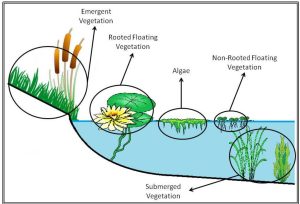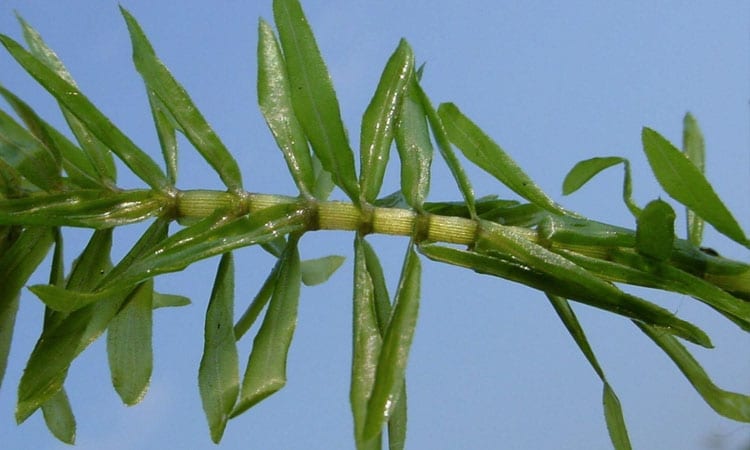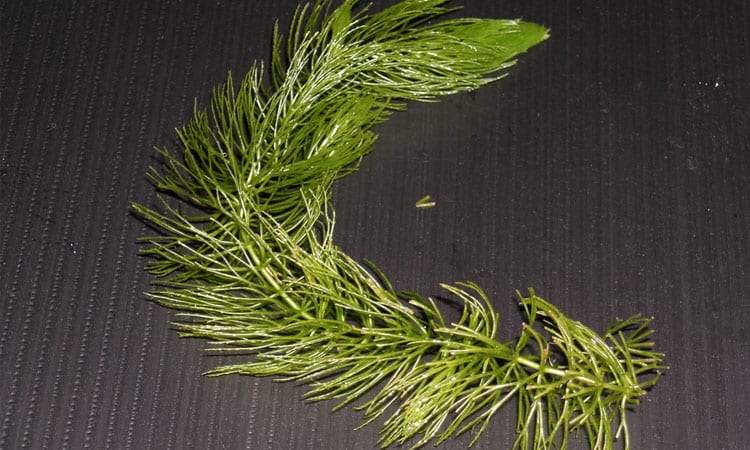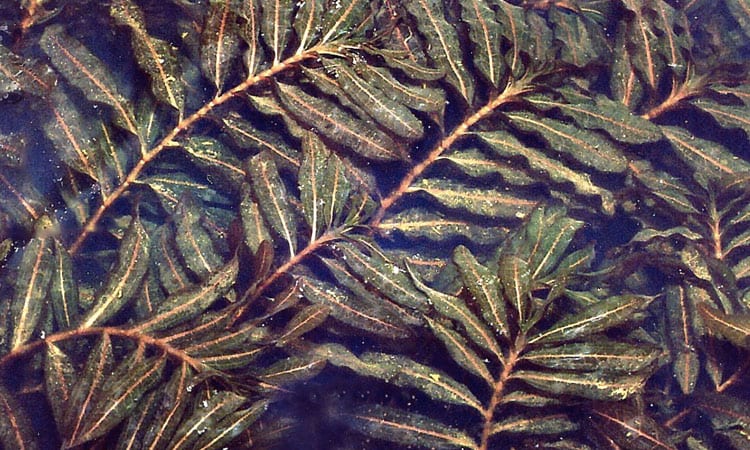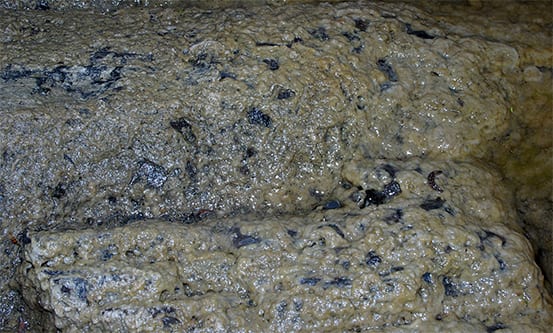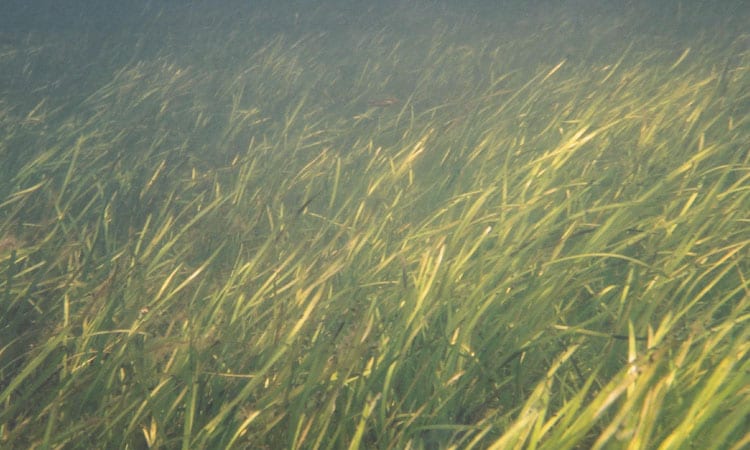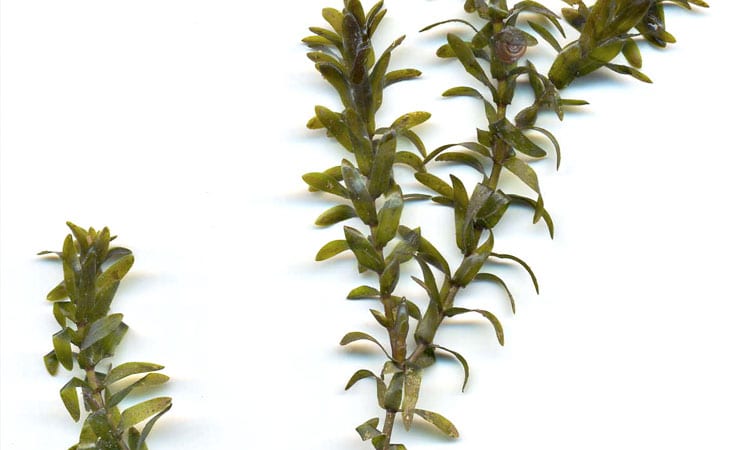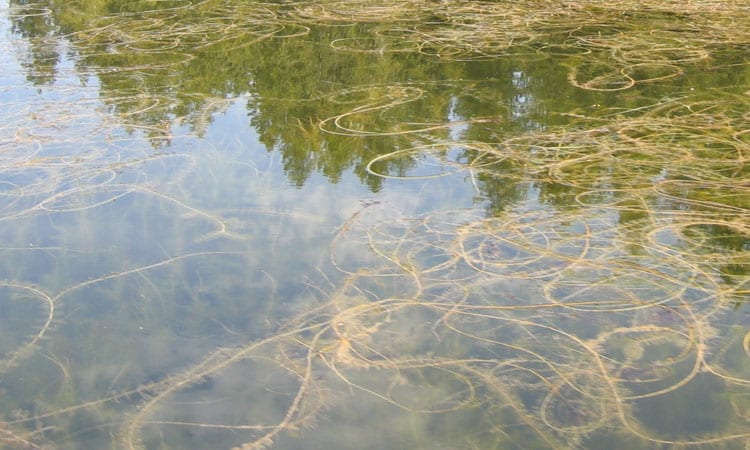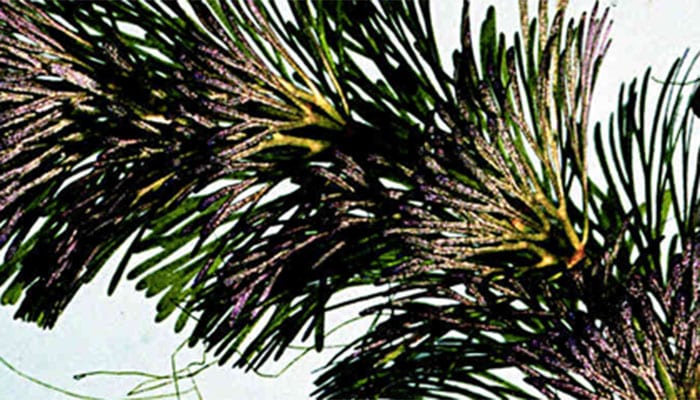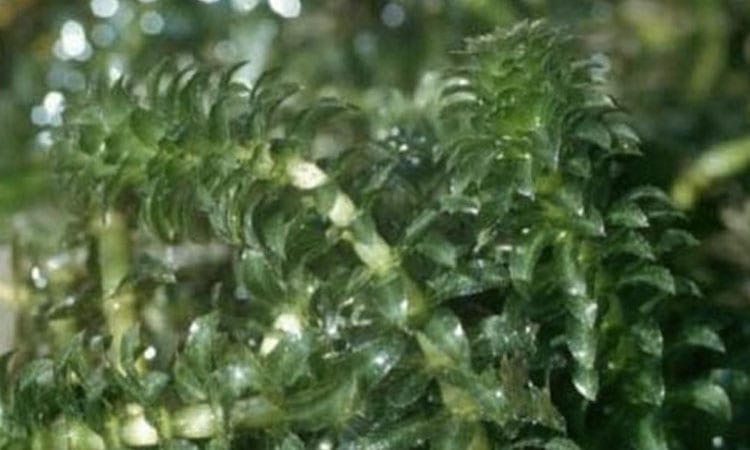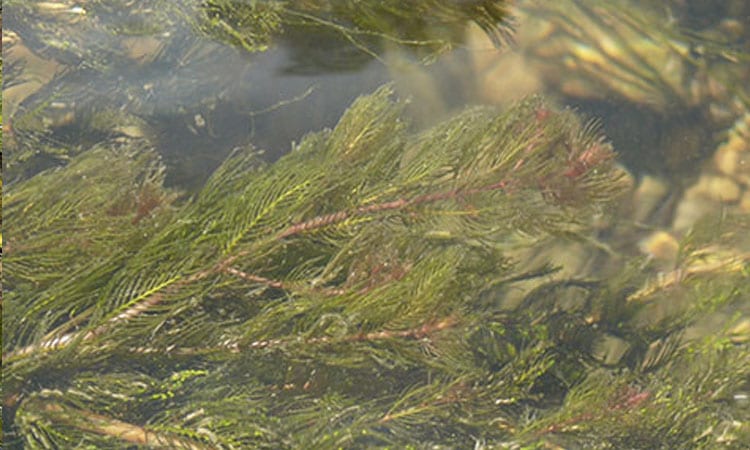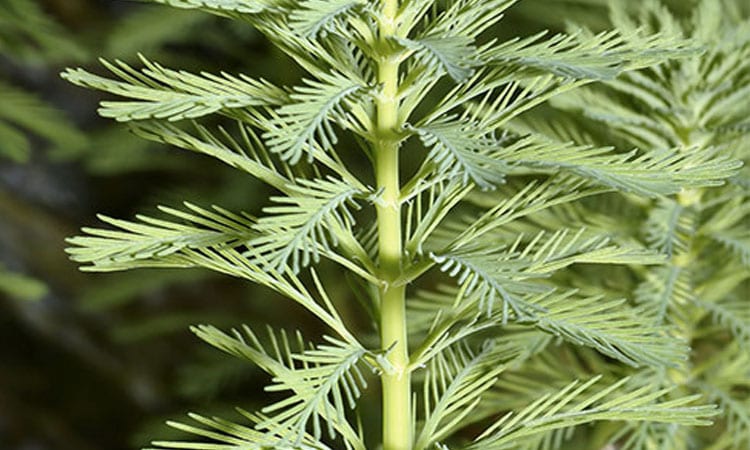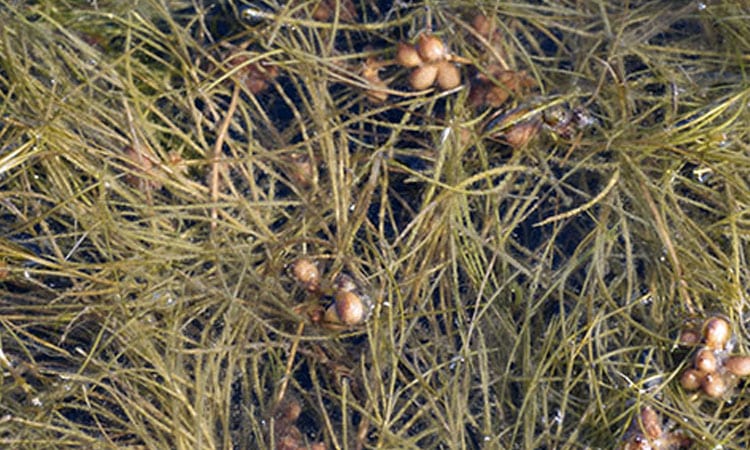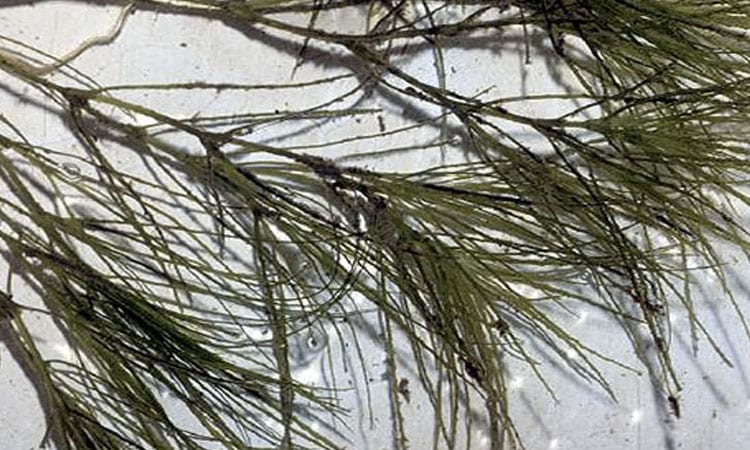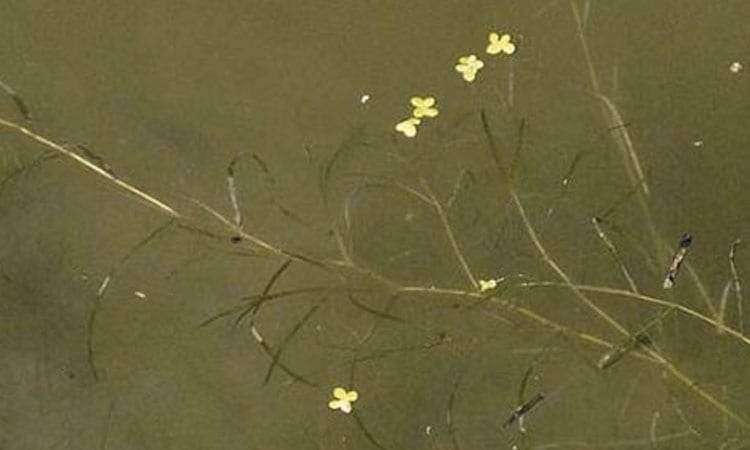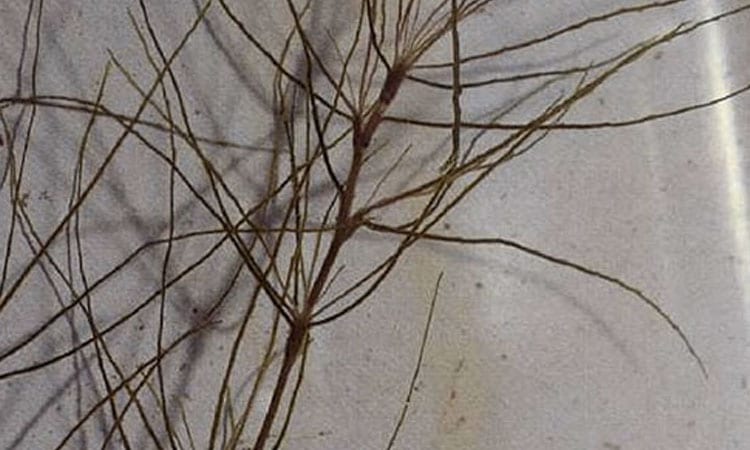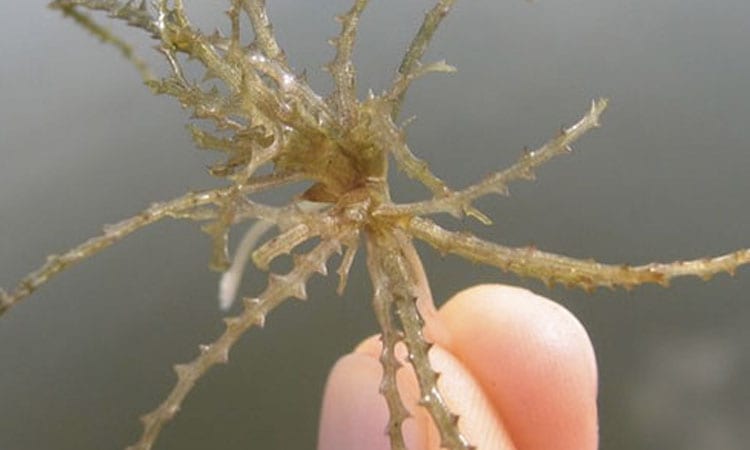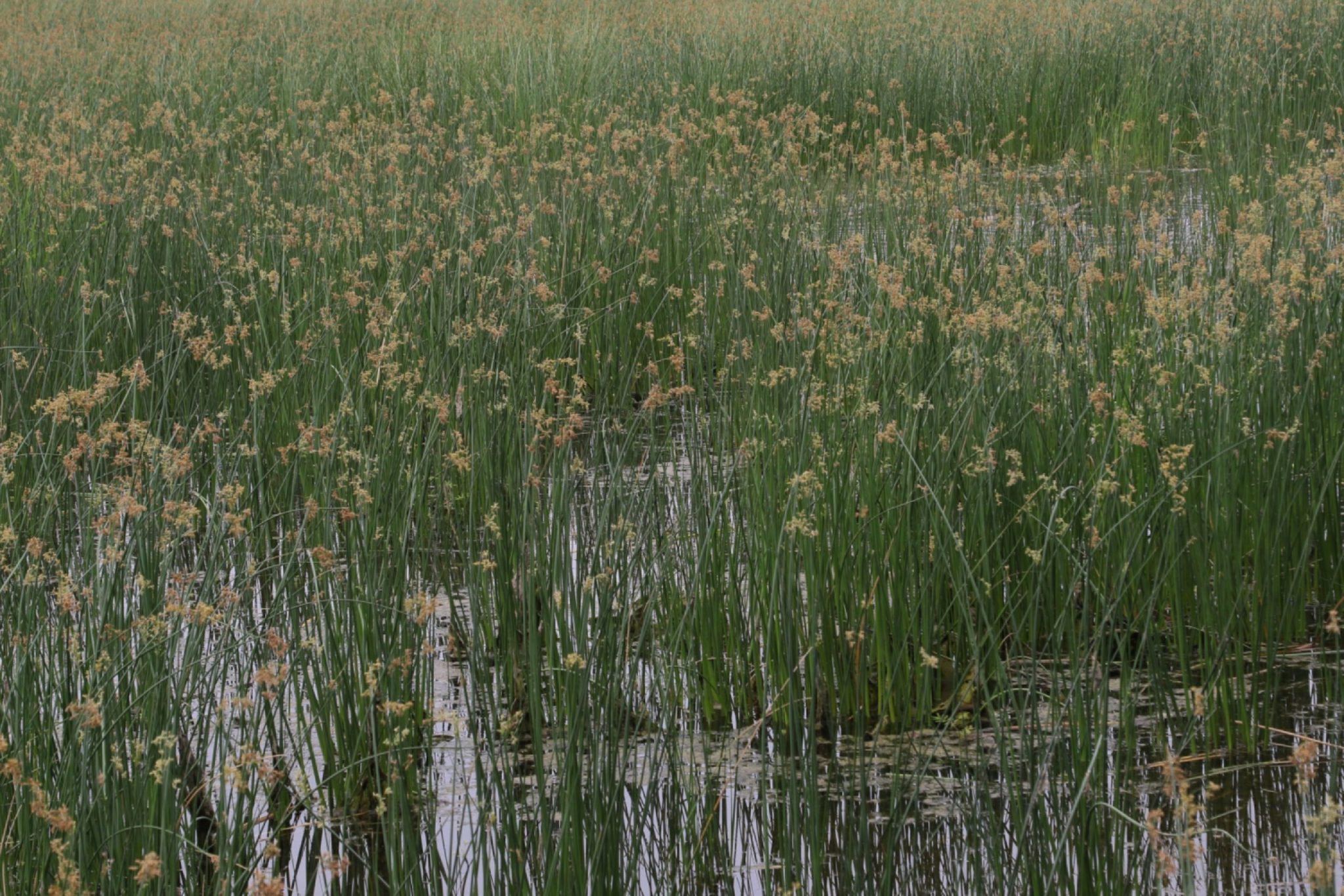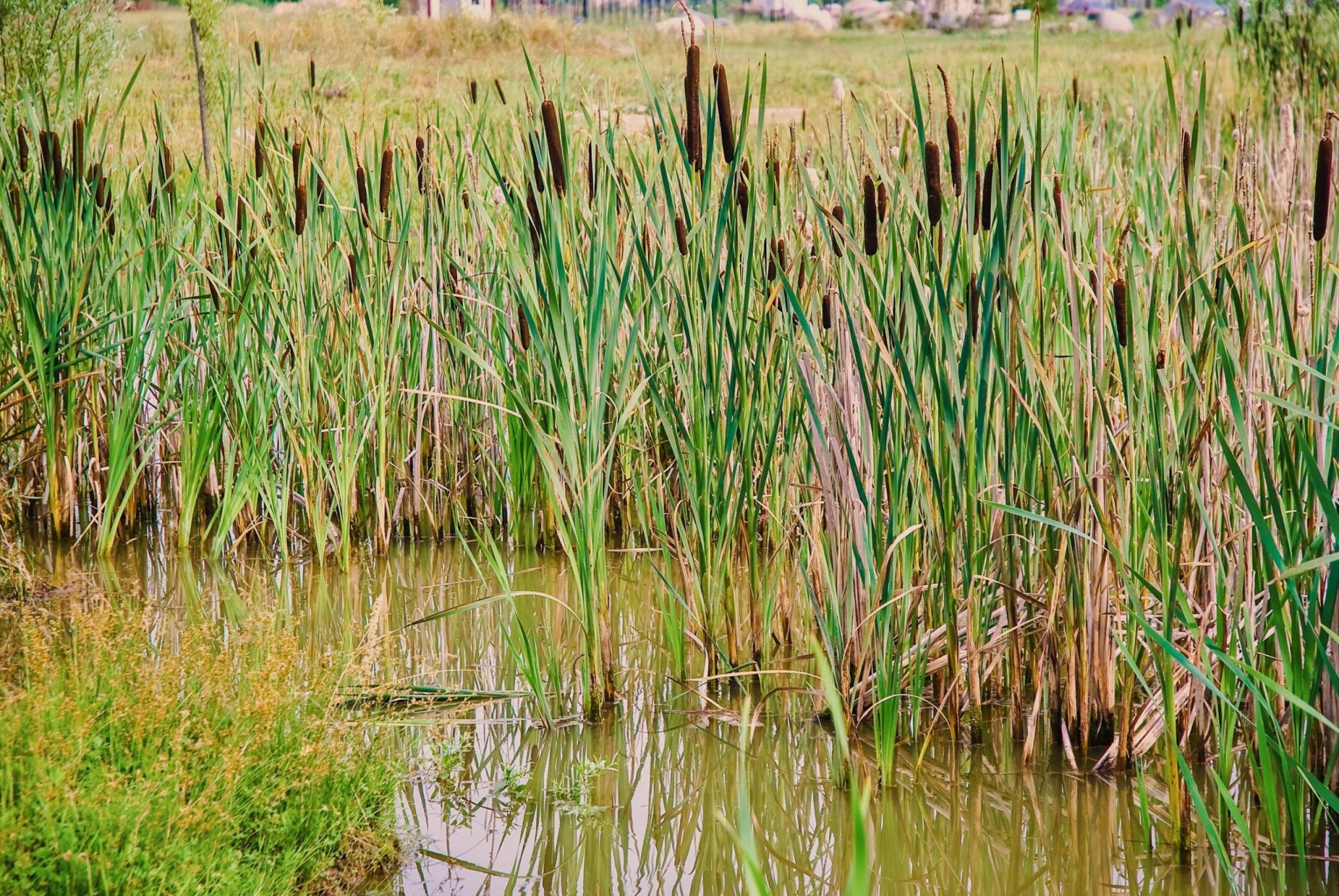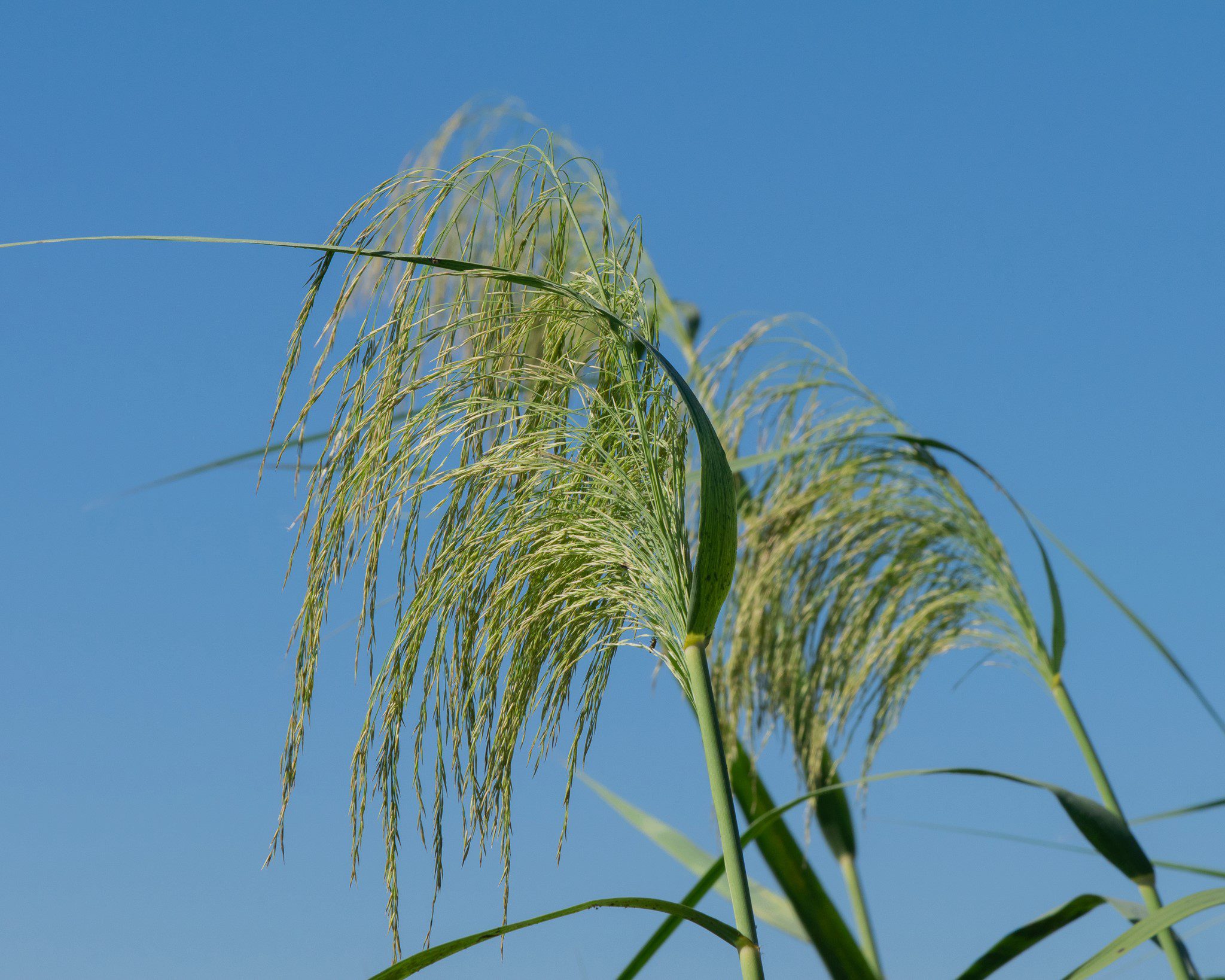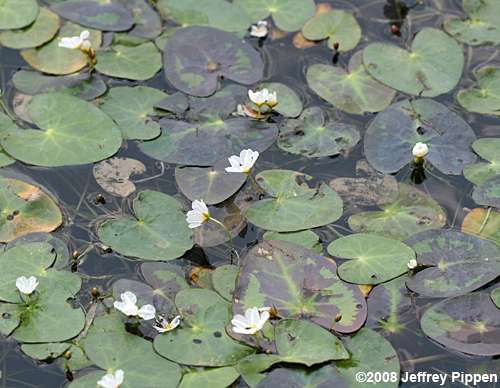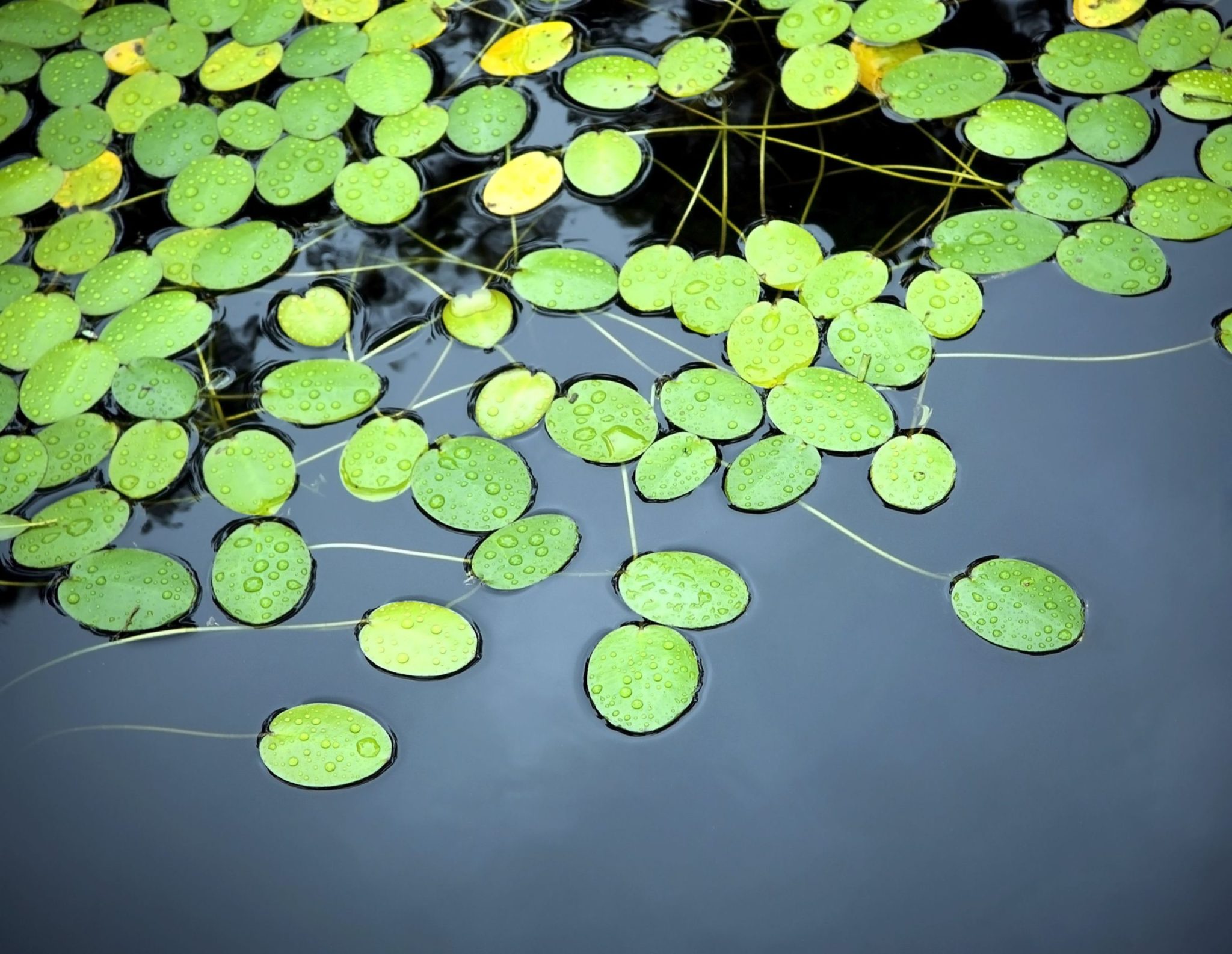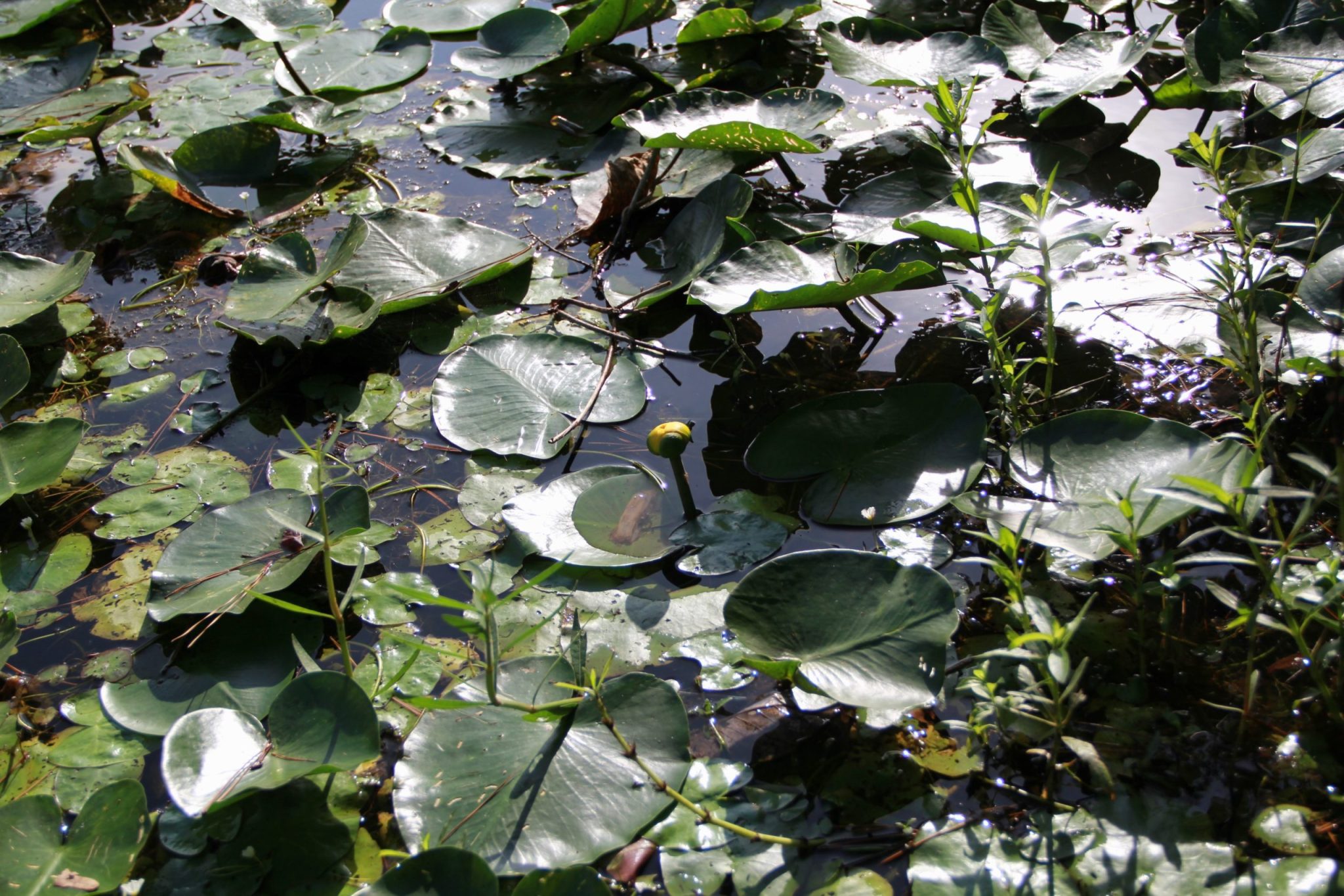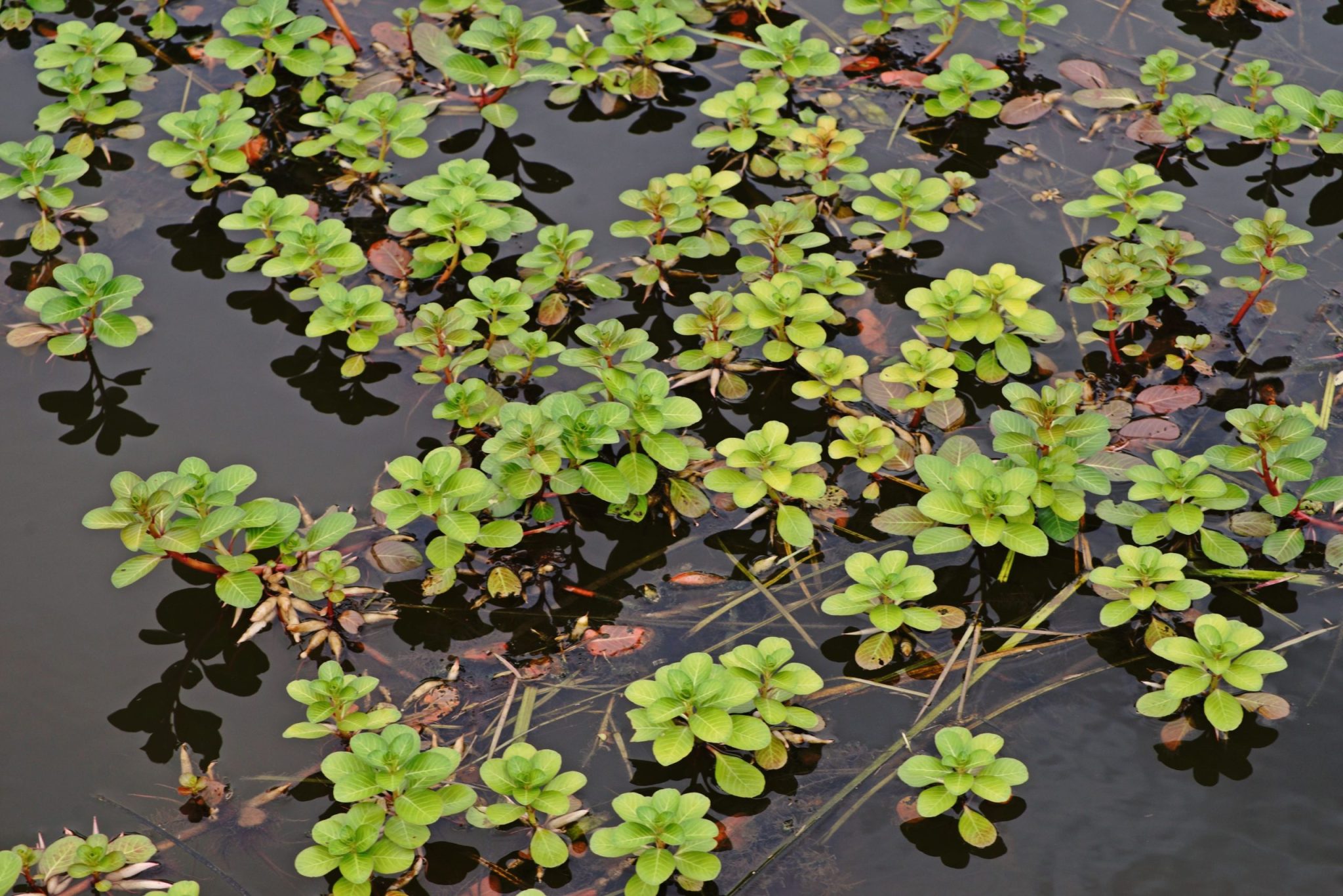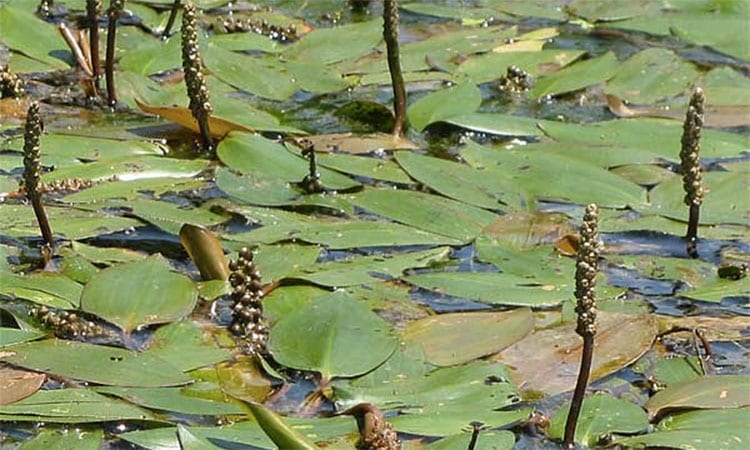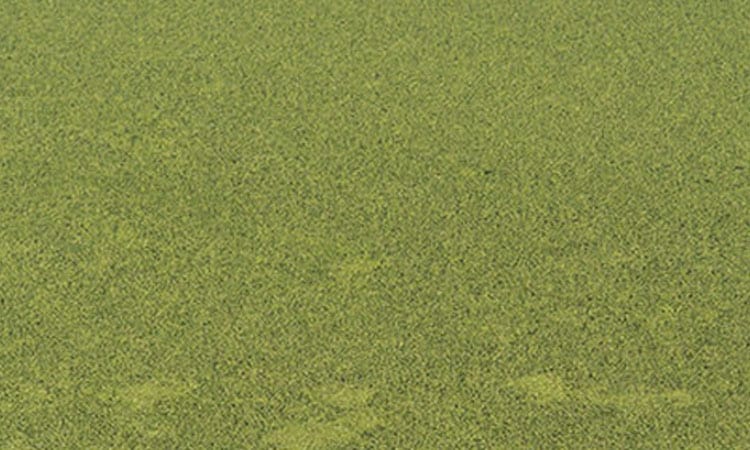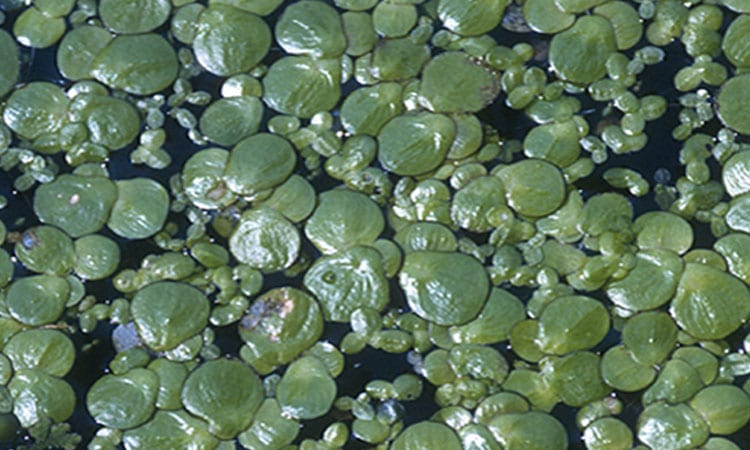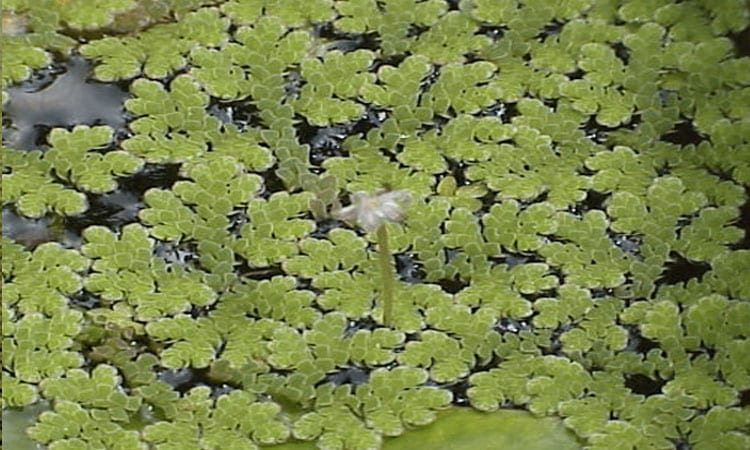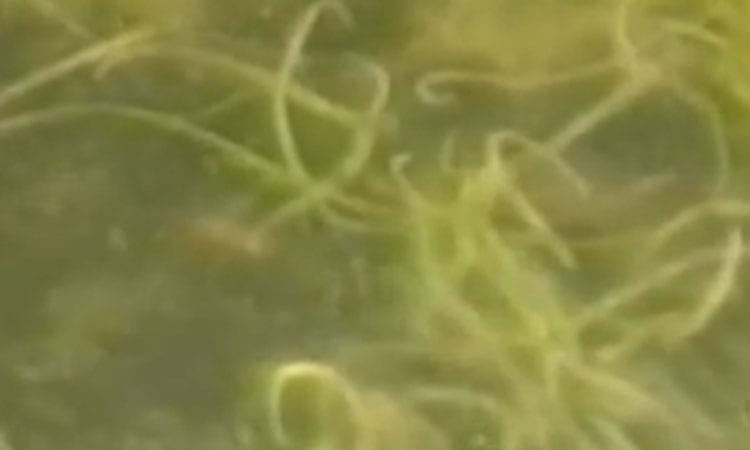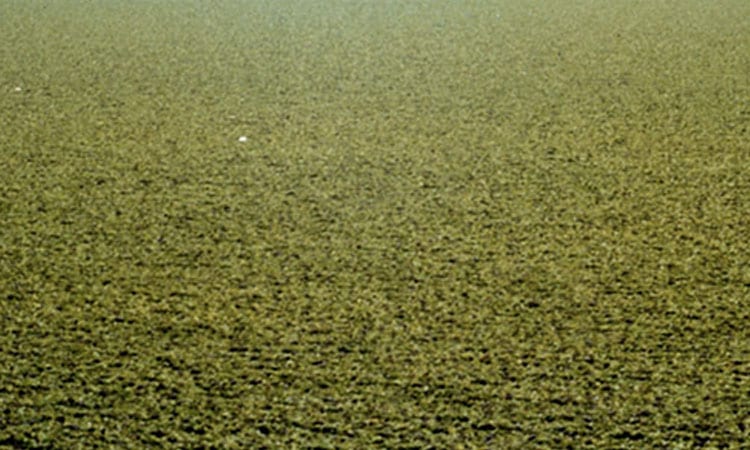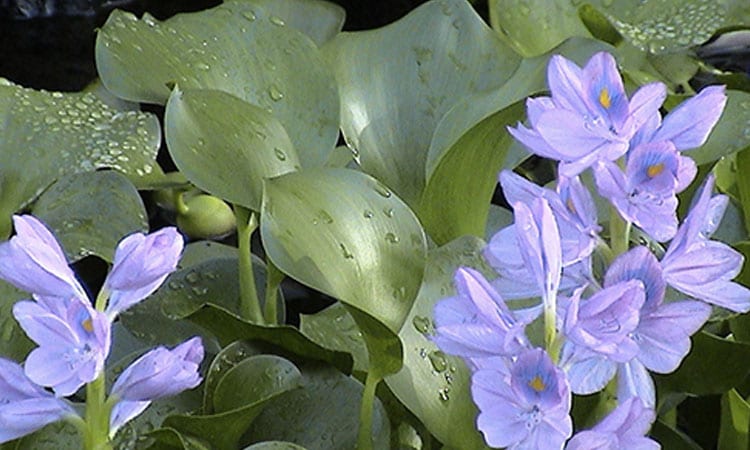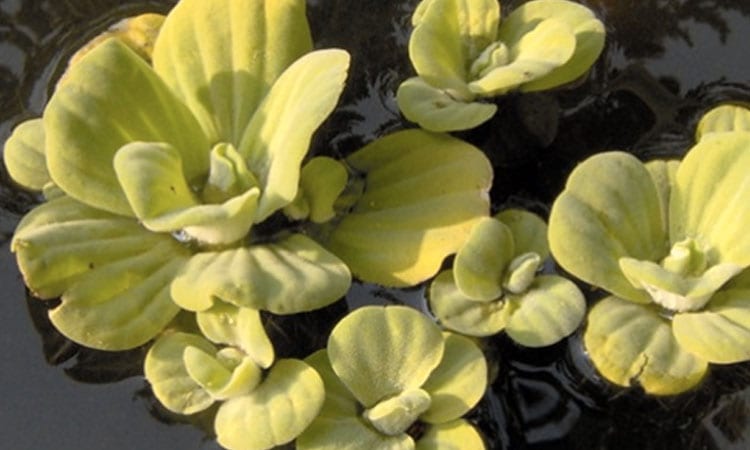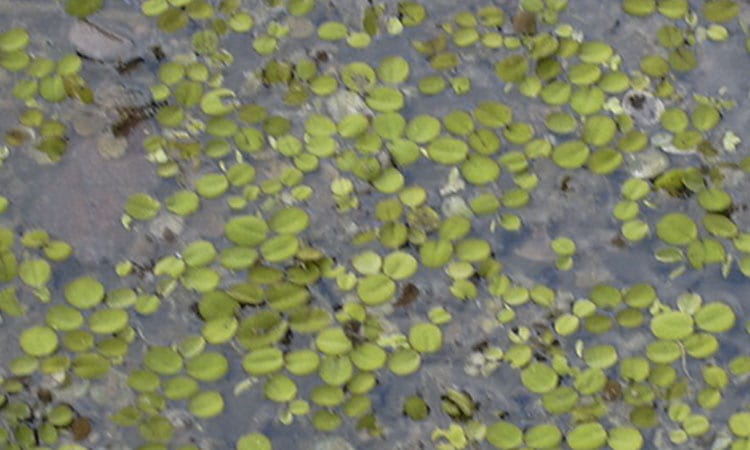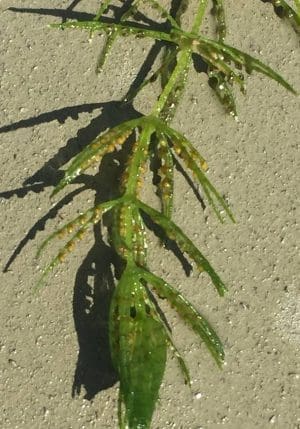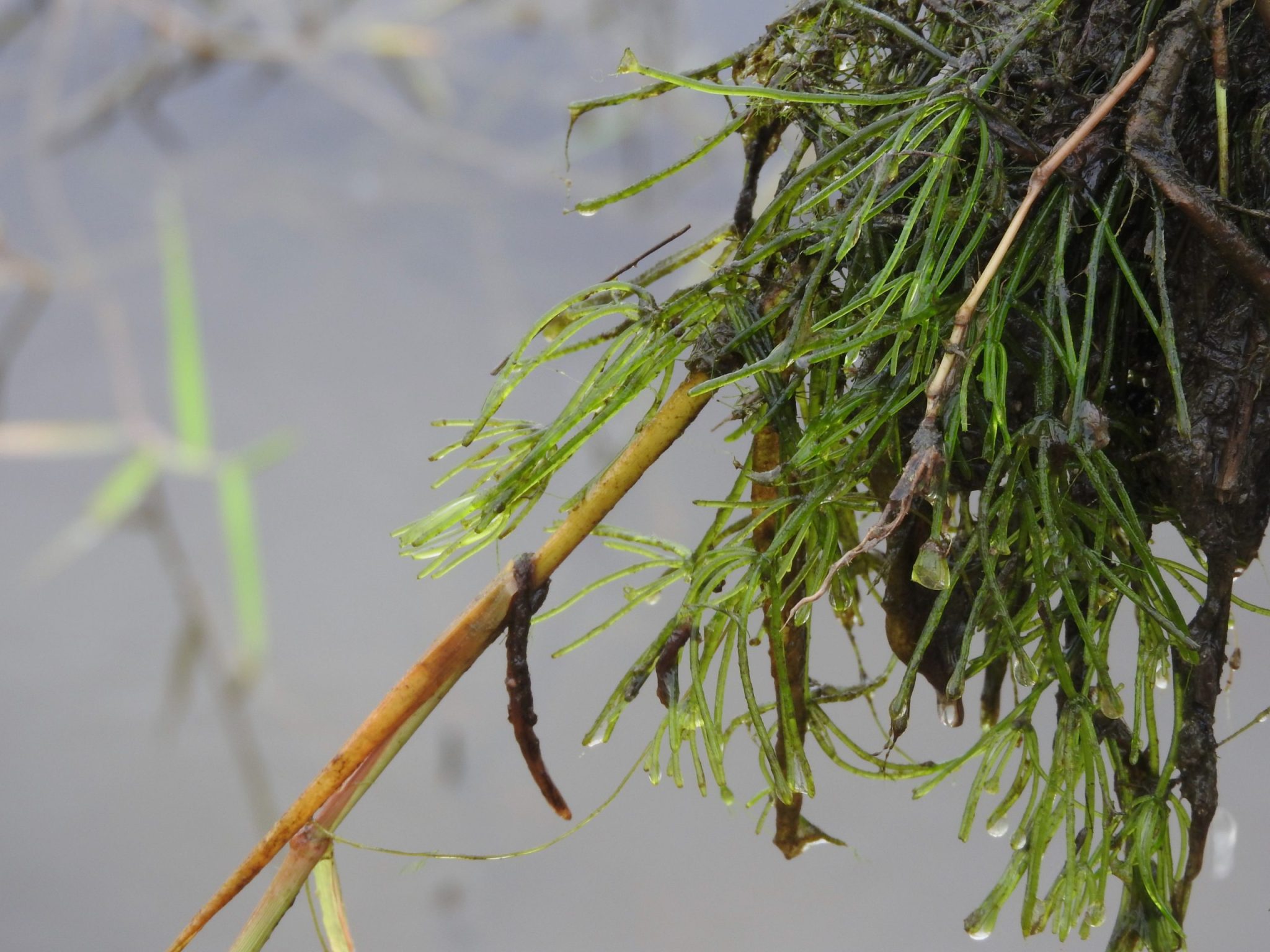Identifying aquatic weeds in ponds and lakes is crucial for maintaining the health and balance of these ecosystems. Accurate aquatic weed identification helps in differentiating between beneficial plants and harmful invaders that can disrupt the aquatic environment. Pond weeds identification involves recognizing a variety of species that can proliferate in pond waters. Effective aquatic weeds identification is key to implementing appropriate management strategies and ensuring the ecological stability of lakes and ponds. Whether you’re dealing with a small garden pond or a large lake, thorough lake weeds identification can help preserve biodiversity and water quality. Proper pond weed identification is not just about maintaining aesthetics; it’s essential for the overall health of aquatic habitats.
The following images are of Submerged weeds. This type of weed is rooted in the soil, having stems and leaves that grow entirely underwater. However, the flowering/seeded portion of the plant may emerge above the water surface. Submerged plants grow from close to shore to the deepest part of the littoral zone. Many of our invasive species of weeds are Submerged and can cause a great deal of harm to a body of water.
Strategy for Killing Submerged Lake Weeds
Early Spring:
The LBB needs something to actually kill, so do not install them too early. Wait until just a bit of the weed starts to grow, before they reach the surface. Place the LBBs over the area you want clear. After 4 weeks, peek under the LBB to see if the weeds are dead. If not, leave in place another 2 weeks or so until weeds are dead. Then, you will either move or remove the LBB.
Once the weeds have grown:
Simply lay the LBBs over the area that you want to clear. Pull taut at the far end of the LBB. The LBB will billow slightly between the rebar pockets. This is so there is room for the escaping gasses of decomposition to escape. After 4 weeks, peek under the LBB to see if the weeds are dead. If not, leave in place another 2 weeks or so until weeds are dead. Then, you will either move or remove the LBB.
If more than one LBB needs to be used, overlap the edges by about 1′ so that no sunlight penetrates the area in between the LBBs.
The Lake Bottom Blanket has already been used in over 400 lakes in over 29 states. It is patented, and is approved by the DNR’s and DEP’s of California, Nevada, New York, New Hampshire, Connecticut, Massachusetts and Washington.
Emergent Lake Weeds
Emerged weeds are always rooted in the soil, with some leaves and flowers emerged above the water surface. The leaf form may differ for the plant portions which are above and below the water. These plants are seed-bearing, persistent and somewhat difficult to control.
Emergent weeds require a different strategy when using the Lake Bottom Blanket. Generally, more than one LBB needs to be used, overlapping the edges by about 1′ so that no sunlight penetrates the area in between the LBBs.
Strategy for Killing Emerged Lake Weeds
Emergent weeds require a different strategy when using the Lake Bottom Blanket. Generally, more than one LBB needs to be used, overlapping the edges by about 1′ so that no sunlight penetrates the area in between the LBBs.
Early Spring:
The LBB needs something to actually kill, so do not install them too early. Wait until just a bit of the weed starts to grow, before they reach the surface. Place the LBBs over the area you want clear. Since emergent weeds are more difficult to kill, you may need to leave the LBBs in place longer than the usual 4 weeks.
Once the weeds have grown:
They have a completely different root system. For the LBBs to work well, cutting the stems or shoots before installation is a good step. Each shoot acts as a node, and can be fed by other nodes along the chain. So to fight emergent weeds, a much larger area needs to be covered for a longer period of time. If using in shallow water, extra weighting will need to be used by increasing the rebar to ½” and using sandbags, smooth rocks, etc. so that air does not get under the LBB keeping it from flying away in windy conditions. In the past many who have used the product in this way have had success.
If more than one LBB needs to be used, overlap the edges by about 1′ so that no sunlight penetrates the area in between the LBBs.
The Lake Bottom Blanket has already been used in over 400 lakes in over 29 states. It is patented and approved by the DNR’s and DEP’s of California, Nevada, New York, Connecticut, New Hampshire, Massachusetts and Washington.
The following images are of Floating Lake Weeds. They are seed-bearing plants that float freely on the water’s surface, never becoming rooted in the soil. They are propagated by sexual and asexual means.
Floating Lake Weeds are exactly what our DeSkuzzer is designed to remove! Click here to see it in detail, and in action! And the weeds you remove make great compost for your garden!
Floating Algae and Non-Rooted Floating Vegetation
Algae are in the plant kingdom, but technically they are not plants. A diverse group of organisms, algae survive in even the harshest habitats. From the dry desert, to the Arctic Circle, to boiling springs, these organisms have found a way to extract enough from their environment to live. Algae range in size from microscopic to meters long and from single-celled to complex organisms that rival large plants. These organisms may look like true plants, but unlike plants, algae do not have roots or true stems and leaves.
In water, algae are what make the water green. Green water is not necessarily undesirable, and neither are algae. In fact, algae are essential to the ecosystem and to life as we know it. Algae are a primary component of the food web, providing food for all types of animals, including fish, insects, mollusks, zooplankton (microscopic animals), and humans.
There are microscopic algae, like phytoplankton; and there are macroalgae, visible to the naked eye. Algae occur naturally in all types of systems and can indicate the condition of an ecosystem. The mere presence of a species can indicate the amount and type of nutrients present.
Floating Algae and Non-Rooted Floating Vegetation are exactly what our DeSkuzzer is designed to remove! Click here to see it in detail, and in action! And the weeds you remove make great compost for your garden!

